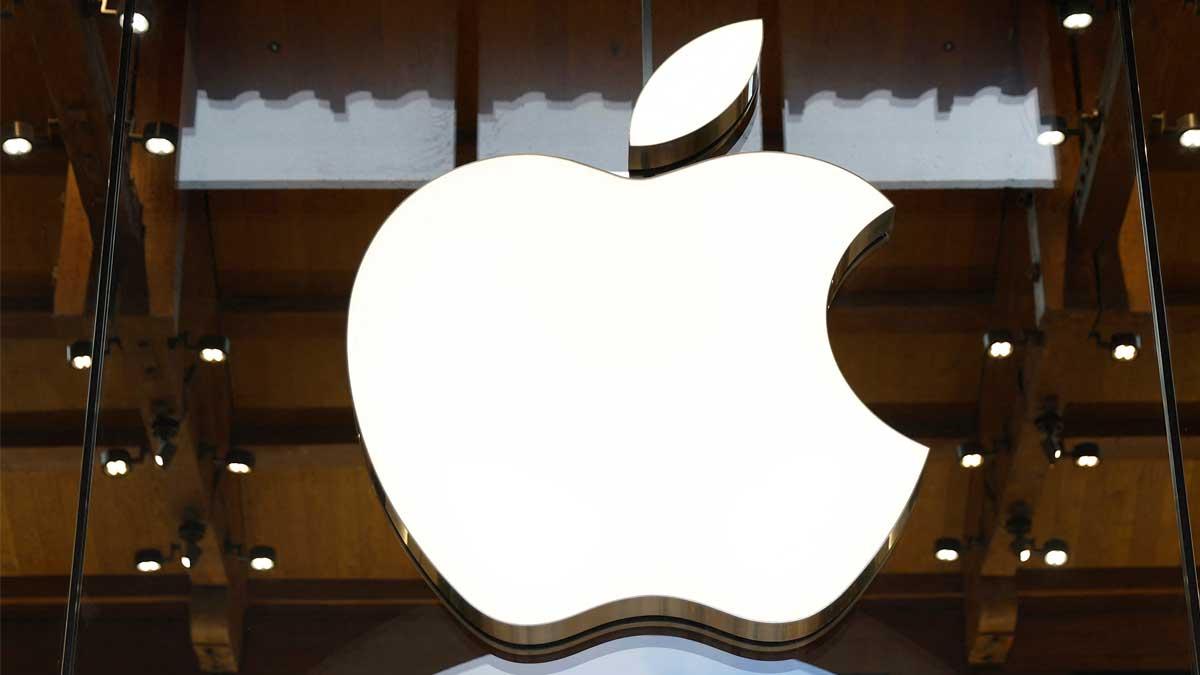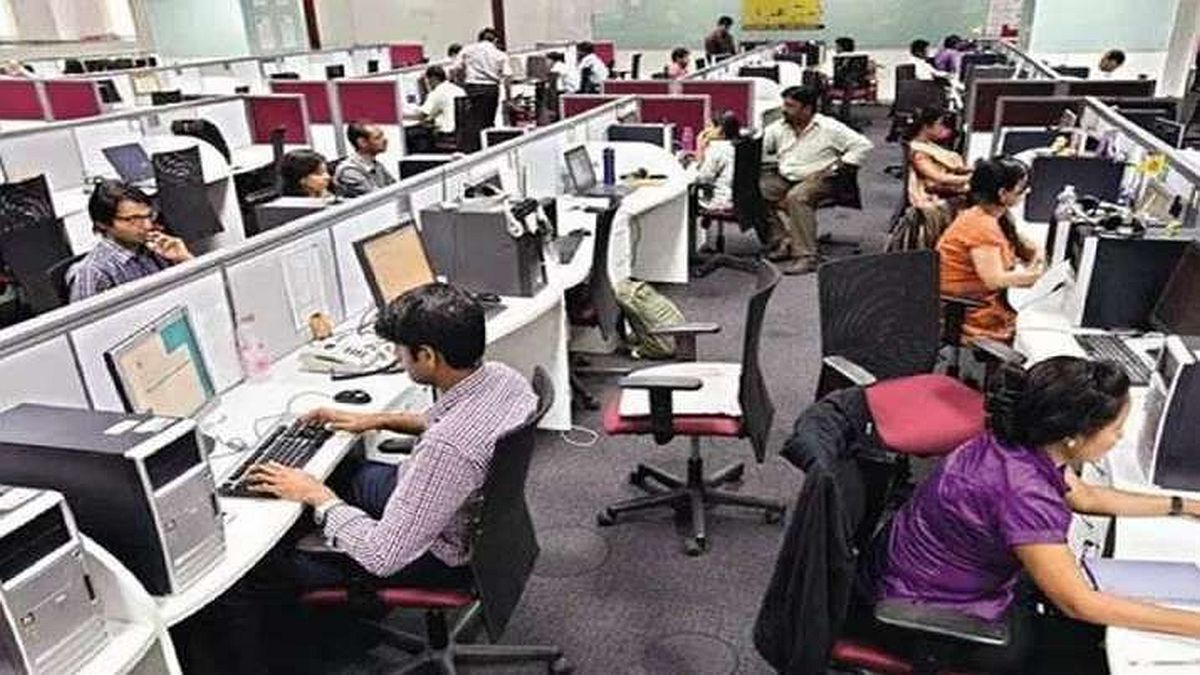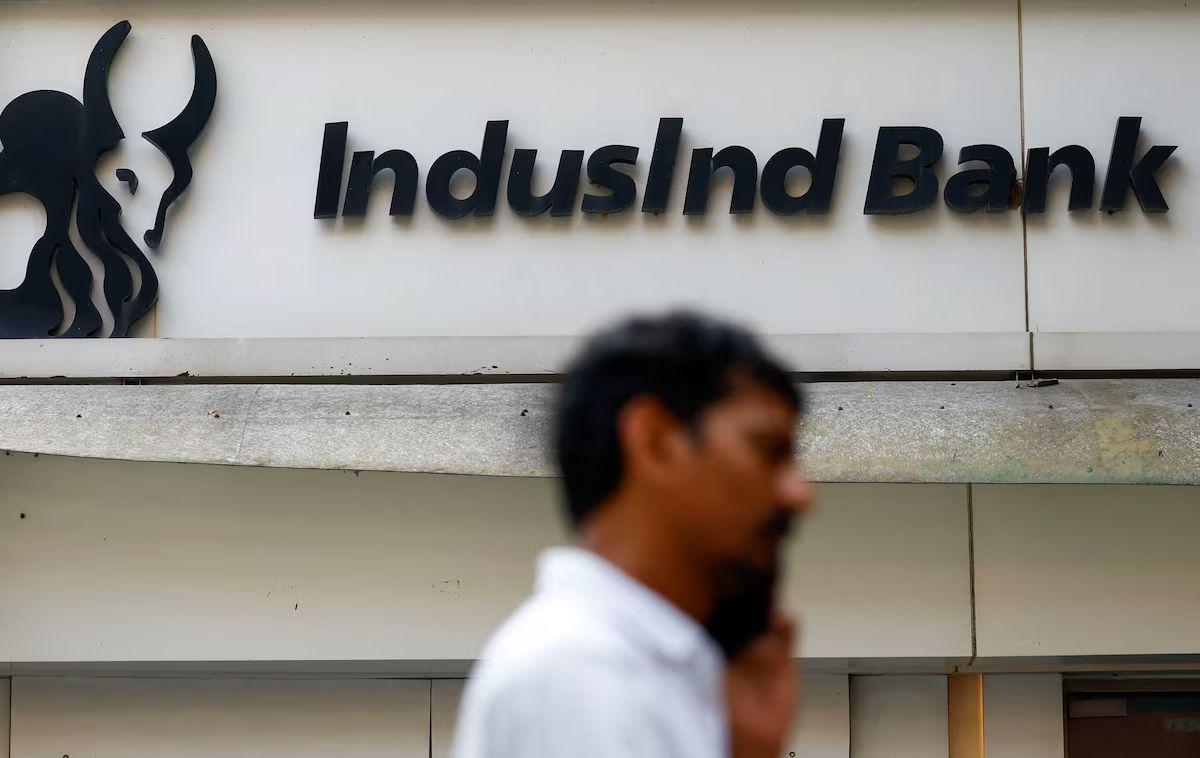There’s no change in Apple Inc’s India strategy, said a top government source. ‘It can only be enhanced’.

Photograph: Abdul Saboor/Reuters
Just days after Apple Inc CEO Tim Cook had announced in a post-earnings analyst call that a majority of iPhones for the American market would be airlifted from India starting this quarter, the changing geopolitical scenario has raised question marks over the Cupertino major’s plans.
After a bitter battle, the United States and China recently agreed on a sharp drop in their punitive tariffs for the next 90 days — within which they plan to finalise an agreement.
The government is watching the developments closely, but is not too worried that a tariff truce between the US and China could hurt the chances of India’s electronics products on the global stage, according to sources in the ministry of electronics and information technology (MeitY).
There is no change in Apple Inc’s India strategy, said a top source in the government. “It can only be enhanced,” an official at MeitY said.
For companies such as Apple, which have over the last few years stepped up manufacturing in India, the decision to shift production away from China was taken pre-tariff, another official pointed out.
In the next 90 days, the US government has to take a decision on whether to continue or withdraw the punitive 20 per cent tariff on US imports against China tied to fentanyl enforcement.
A withdrawal may result in Indian exporters losing their competitive tariff advantage in areas such as smartphones, electronics, gems and jewelleries and auto components against China.
As for Apple, it is part of the company’s long-term strategy to shift a fourth of its iPhone capacity by FY26 to India.
In smartphones, despite the May 11 tariff truce between the US and China, the tariff advantage which India has over China may not change.
While India can import to the US at zero duty (smartphones are exempted from base duty of 10 per cent across markets), China has to pay a levy of 20 per cent fentanyl duty.
However, the scenario could change if the US decides to withdraw the fentanyl related tariff.
In that case, there would be no difference in the tariffs between India and China for export of smartphones to the US.
According to a top executive who’s a member of the ICEA (India Cellular and Electronics Association), at a 20 per cent difference in tariffs, India (despite a 12 per cent cost disability) has an advantage over China.
“That will just not be there if duties are equalised or both are imposed the base tariff of 10 per cent,” he said.
In other areas like electronics and gems and jewelleries, analysts believe that China, even after the new cuts, has to fork out 30 per cent (fentynal plus base tariff of 10 per cent), compared to India at only 10 per cent for exports to the US.
For auto component companies, while the US has bundled all countries, including India, under the 25 per cent tariff, China has to fork out an additional 20 per cent fentynal tax, making it 45 per cent.
Mobile device makers are already pushing the government to reduce the disability — one key element is the extension of the production linked incentive (PLI) scheme after it ends in FY26.
The other big demand from the ICEA side is to reduce duty on inputs of imported components- a key element which increases disability.
With inputs from Aashish Aryan in New Delhi.
Feature Presentation: Ashish Narsale/Rediff




